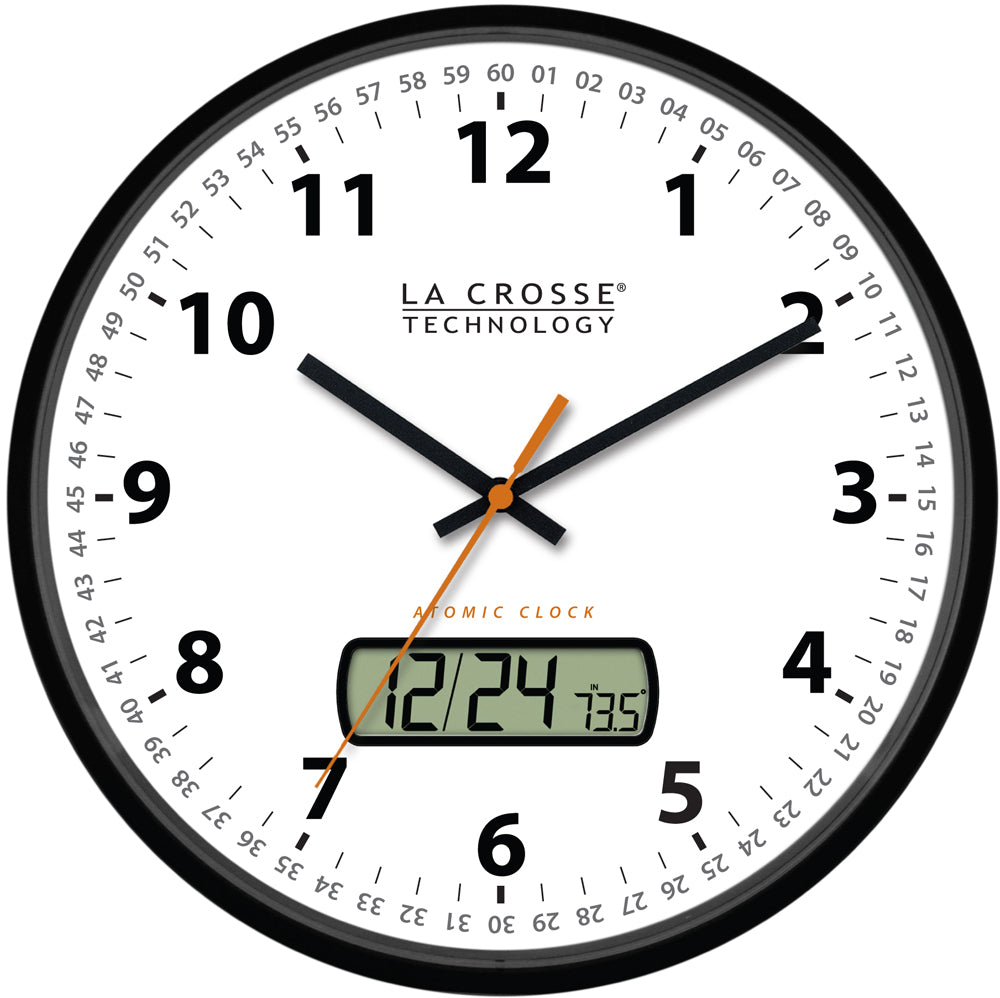
“They pushed it to two minutes to midnight in 1953 to register the increased threat posed by the new hydrogen bomb,” he says, “and then let it swing back and forth for the next 50 years as progress towards nuclear arms control advanced and retreated.” It wasn’t until 1948, when the Soviet Union detonated its first atomic bomb, that someone at The Bulletin had the idea to move the clock’s hands forwards to three minutes to midnight to reflect the occasion, according to Zimmer.

The clock hands “were positioned at seven minutes to midnight to indicate urgency, but the initial calibration of the ‘clock’ was made for purely aesthetic reasons by the graphic designer.” “One of these organizations, the Atomic Scientists of Chicago, had created a sort of small newspaper/magazine called The Bulletin of Atomic Scientists of Chicago, which became The Bulletin of the Atomic Scientists as it became sort of more prominent,” Wellerstein tells Inverse.įor the first two years of its publication, The Bulletin was more like a newspaper, but in 1947, they commissioned Chicago artist Martyl Langsdorf to design a graphic cover, “an elegantly minimalist mid-century modernist layout that used six shapes (four circles and two rectangles) to suggest clock hands,” Zimmer says. The history of the Doomsday Clock goes back to the late 1940s, when scientists concerned about the risks posed by nuclear weapons, including Albert Einstein, formed many organizations to lobby for safer nuclear policy, according to Stevens Institute of Technology historian of nuclear technology Alex Wellerstein. Tim Boyle/Getty Images News/Getty Images The history of the Doomsday Clock Lederman at the hands of a Doomsday Clock. It was not conceived as a means of ending the threat of worldwide catastrophe directly, and eventually evolved as a means to generate discussion - and headlines - just like the one you clicked on to read more about the Doomsday Clock.įormer Fermilab director Leon M. Judging by the fact that the end of the Cold War did not lead to worldwide nuclear disarmament, and that Russia’s invasion of Ukraine has once again raised the specter of global thermonuclear war, it may seem the Doomsday Clock never successfully conveyed the cautionary message the nuclear scientists behind it intended.īut on the other hand, the Doomsday Clock is not a formally constructed ritual or device of the state and is, in many ways, an accidental cultural artifact.

Initially conceived during the height of the Cold War as a way of signaling to policymakers and the public just how close nuclear brinkmanship was bringing the US and Soviet Union to a disastrous nuclear war, the setting of the clock has more recently taken into account other potentially existential risks such as climate change and artificial intelligence.īut is a public relations metaphor conceived more than half a century ago still an effective device for communicating risk in the contemporary world? Was it ever? “It makes sense that the hands would be moved up an additional ten seconds closer to midnight for 2023.” “The risk of atomic escalation in Ukraine brings the world closer to nuclear war than at any time since the Cuban Missile Crisis,” Daniel Zimmer, a post-doctoral researcher at the Stanford Existential Risk Initiative, tells Inverse. On January 24, the Bulletin of the Atomic Scientists moved the minute hand of the Doomsday Clock from 100 seconds to midnight to 90 seconds to midnight, reflecting their experts’ opinion about how much closer humankind has slid toward potential global ruin.


 0 kommentar(er)
0 kommentar(er)
